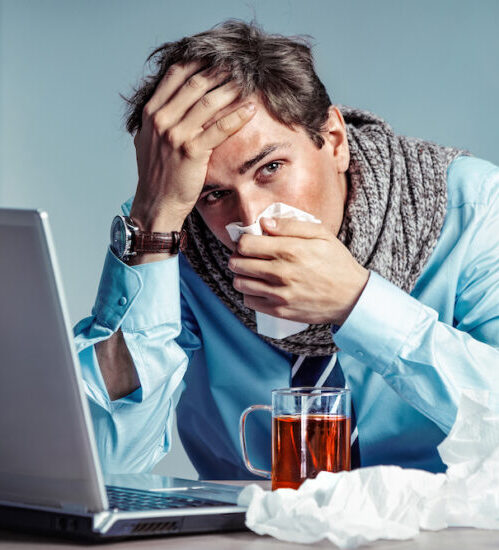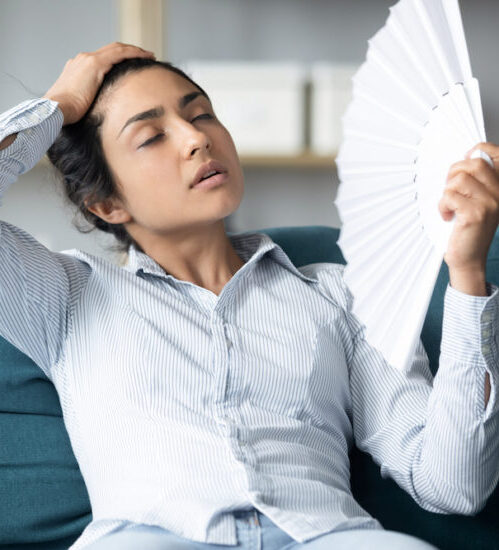What and how do we measure?
Indoor air quality
BASIC PARAMETERS
According to research done indoors, the air pollution inside is between 5 and 7 times greater than outside.
Carbon dioxide (CO2)
Even without the presence of external pollutants, if a closed room is not ventilated just because of people’s breathing, the oxygen in the room decreases, and the amount of carbon dioxide increases. The presence of high levels of carbon dioxide in the room indicates that the air is stale. Air stagnation creates extremely favorable conditions for the development and transmission of airborne viruses. Also, in those rooms, people have a harder time focusing and being efficient. (when in a closed room you start getting sleepy and are yawning for no reason – this is often caused by insufficient oxygen).

Air humidity
Low air humidity can trigger diseases of the eyes, skin, and throat. It also helps the faster spread of viruses such as influenza and even Covid-19.
Too high humidity, on the other hand, causes an increase in the risk of developing asthma and allergies. It creates excess moisture and condensation, which in turn predisposes to the development of mold.

Temperature
Apart from the discomfort we feel when the room is either too warm or too cold, it also has consequences for our health.
Too high a temperature takes away from our energy and makes it difficult to focus and sleep.
Too low a temperature suppresses the immune system and has a negative effect on blood pressure and heart rate. It also further promotes the development of viruses that cause respiratory infections.


Indoor air quality
ADVANCED OPTIONS – COMING SOON
Solid particles (dusting)
Volatile Organic Compounds
Barometric pressure
Air Quality Index (AQI)
COMING SOON
The quality of the air outside is extremely important not only for what we breathe when we are outside, but also directly affects the quality of the air indoors.